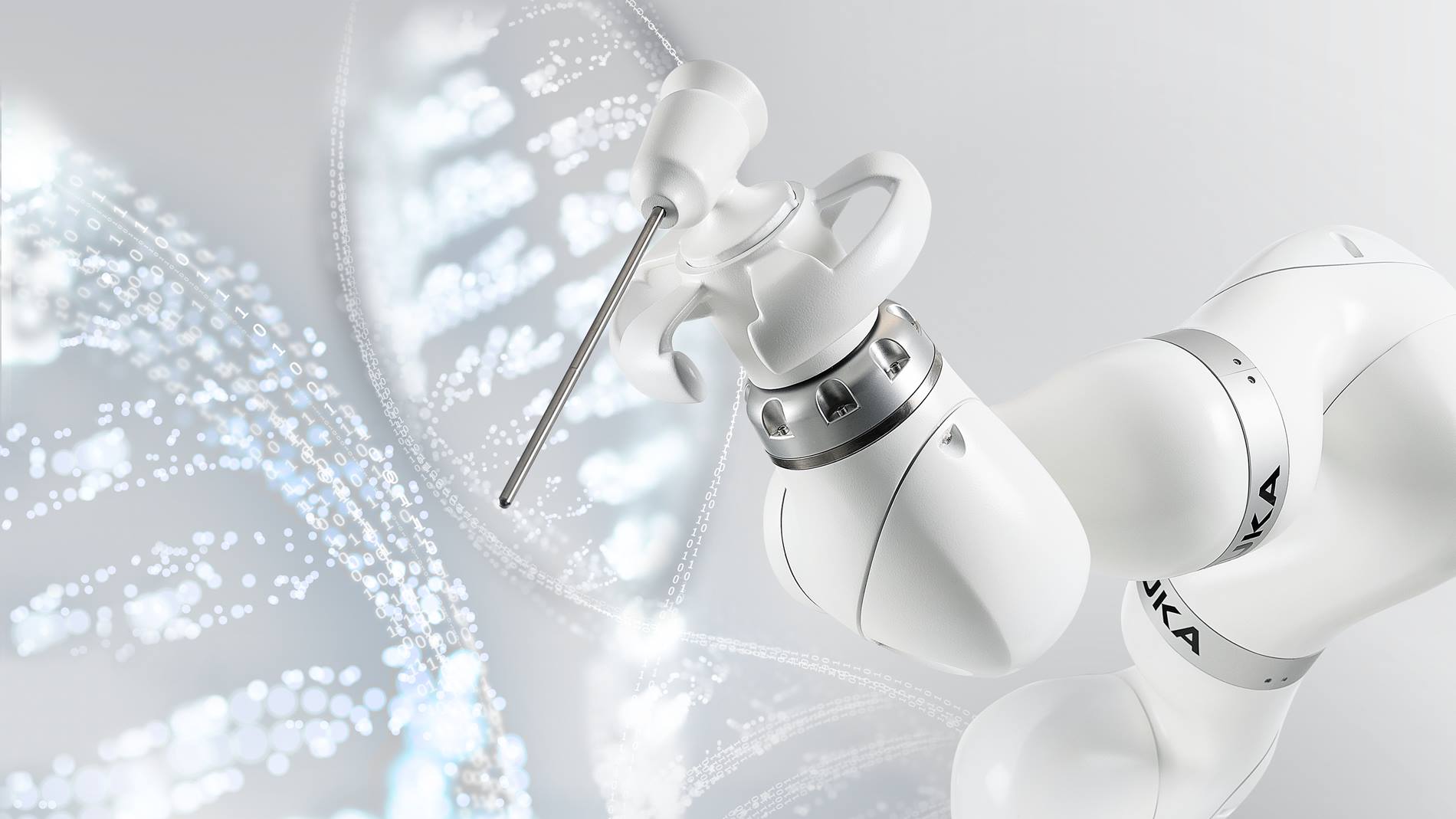Stefano Stramigioli is professor of Advanced Robotics at the University of Twente and chair of the Robotics And Mechatronics (RAM) Lab, a large lab of more than fifty people working on all different aspects of imaging, mechatronics and robotics. The group is broad and multidisciplinary. Thanks to its size and spectrum, it is able to compete at the international level with other research groups of similar or bigger sizes in their field.
Stramigioli covers a number of additional external positions: He has been the founder of the first robotics center in the Netherlands LEO Center of Service Robotics (2008), (formerly known as Romech). He was also founder of RoboNED (2010), which is now transitioned to Holland Robotics. Furthermore, he currently serves a second term as Vice President Research of euRobotics, representing the private part of SPARC, the contractual PPP with the European Commission running the biggest Civil robotic program worldwide for the last years. He is also co-chairing the Bio-mechatronics and Energy-Efficient Robotics Lab at ITMO University, St.Petersburg, Russia.














